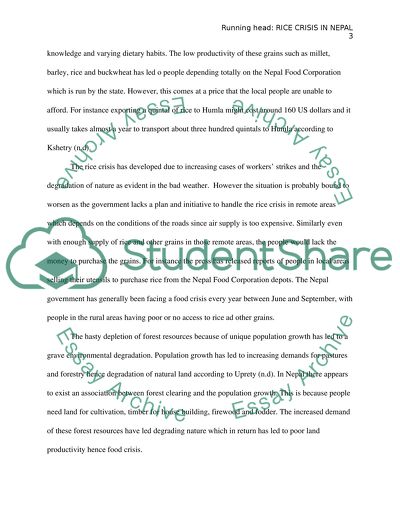Cite this document
(“Rice Crisis in Nepal (Focusing on Degrading Nature) Research Paper”, n.d.)
Rice Crisis in Nepal (Focusing on Degrading Nature) Research Paper. Retrieved from https://studentshare.org/environmental-studies/1443060-rice-crisis-in-nepal-focusing-on-degrading-nature
Rice Crisis in Nepal (Focusing on Degrading Nature) Research Paper. Retrieved from https://studentshare.org/environmental-studies/1443060-rice-crisis-in-nepal-focusing-on-degrading-nature
(Rice Crisis in Nepal (Focusing on Degrading Nature) Research Paper)
Rice Crisis in Nepal (Focusing on Degrading Nature) Research Paper. https://studentshare.org/environmental-studies/1443060-rice-crisis-in-nepal-focusing-on-degrading-nature.
Rice Crisis in Nepal (Focusing on Degrading Nature) Research Paper. https://studentshare.org/environmental-studies/1443060-rice-crisis-in-nepal-focusing-on-degrading-nature.
“Rice Crisis in Nepal (Focusing on Degrading Nature) Research Paper”, n.d. https://studentshare.org/environmental-studies/1443060-rice-crisis-in-nepal-focusing-on-degrading-nature.


